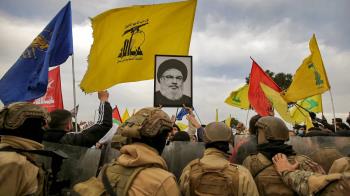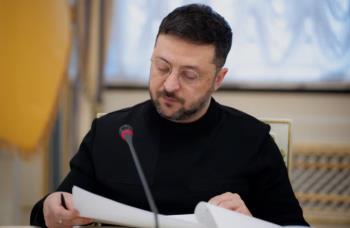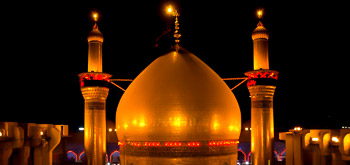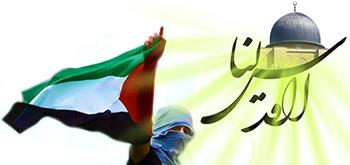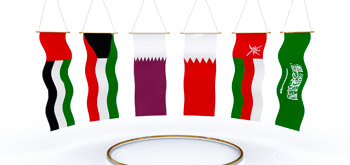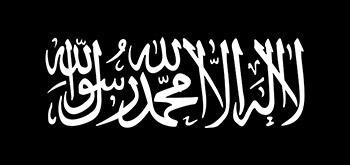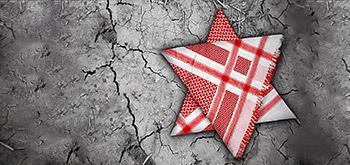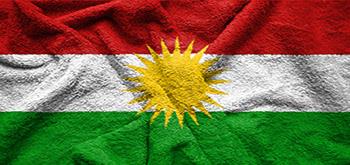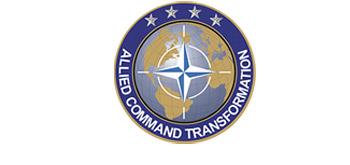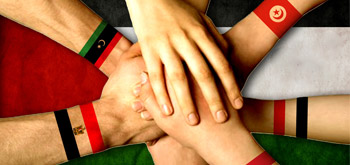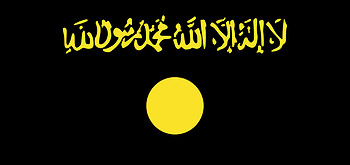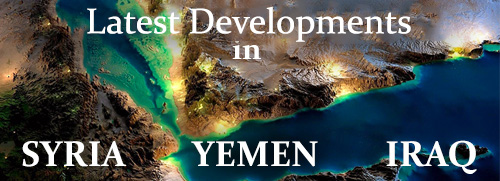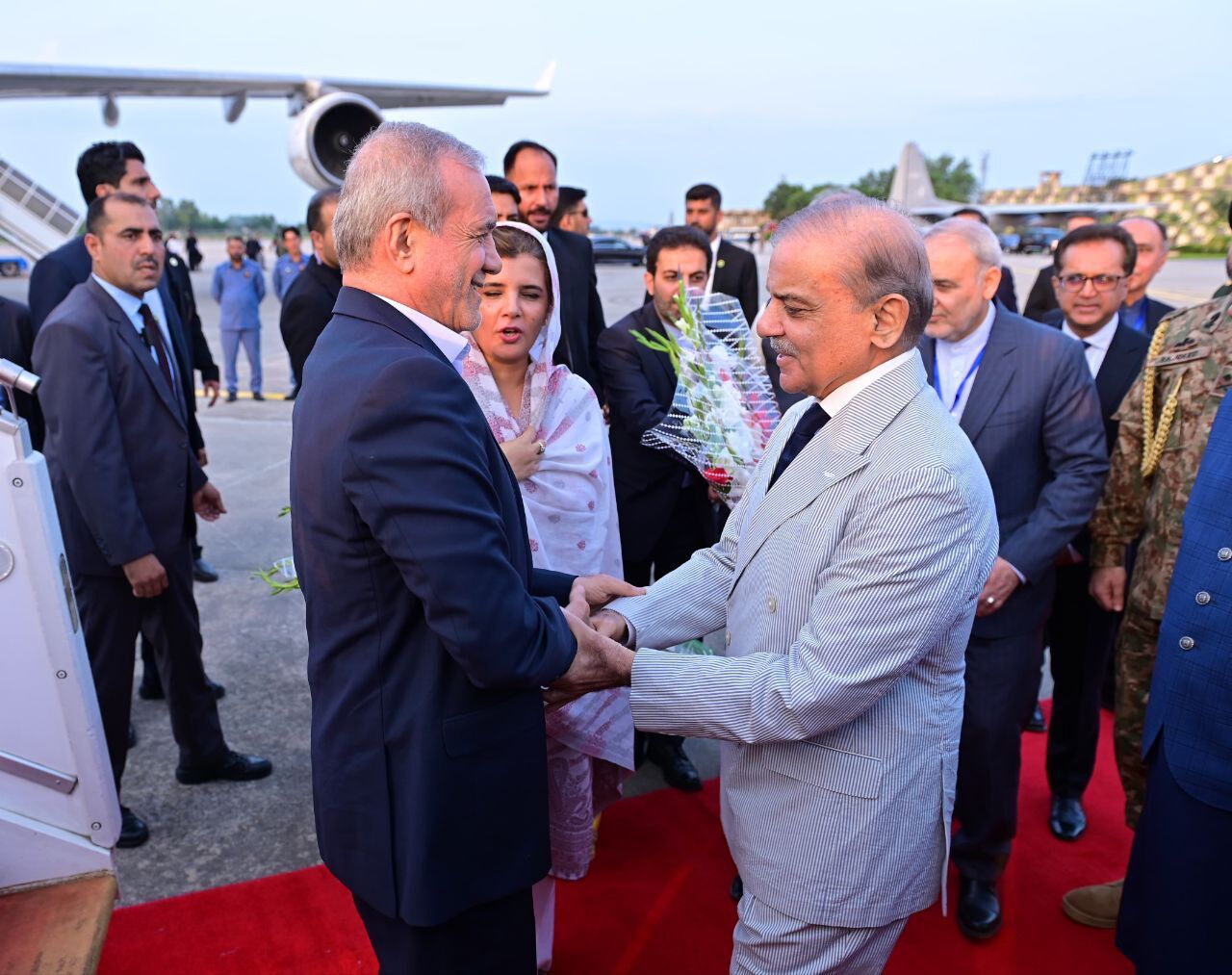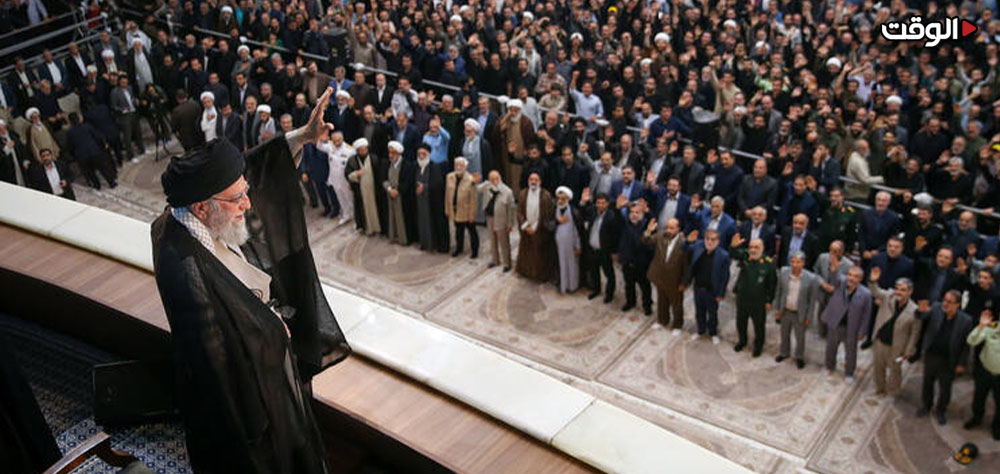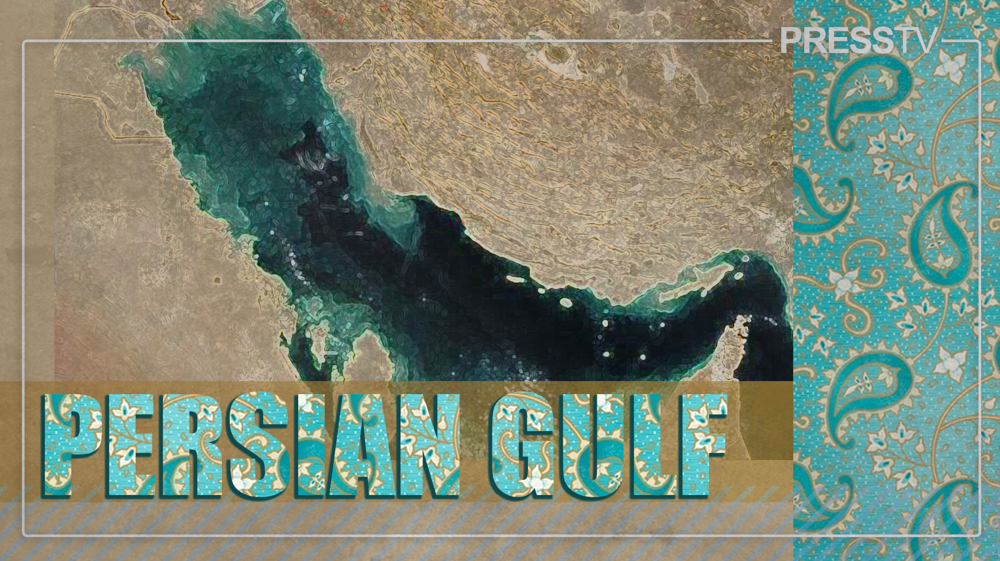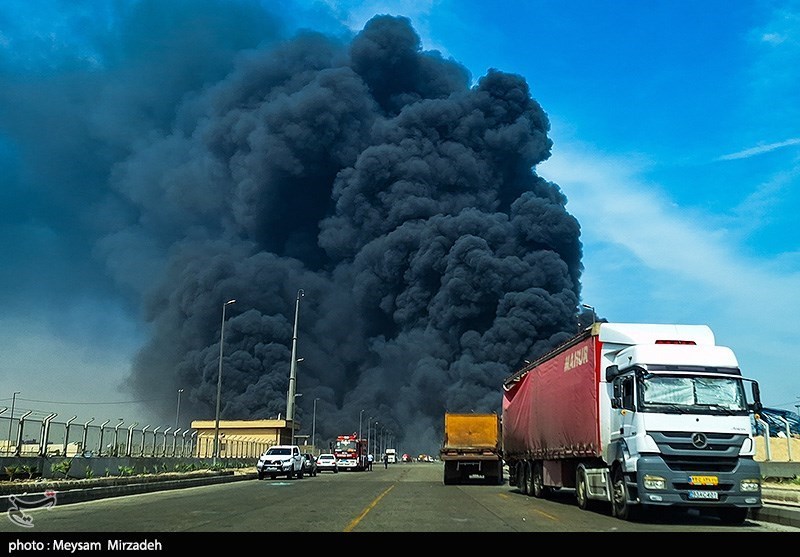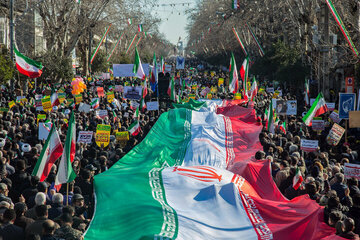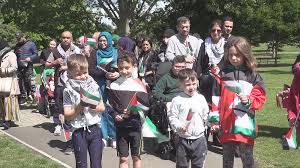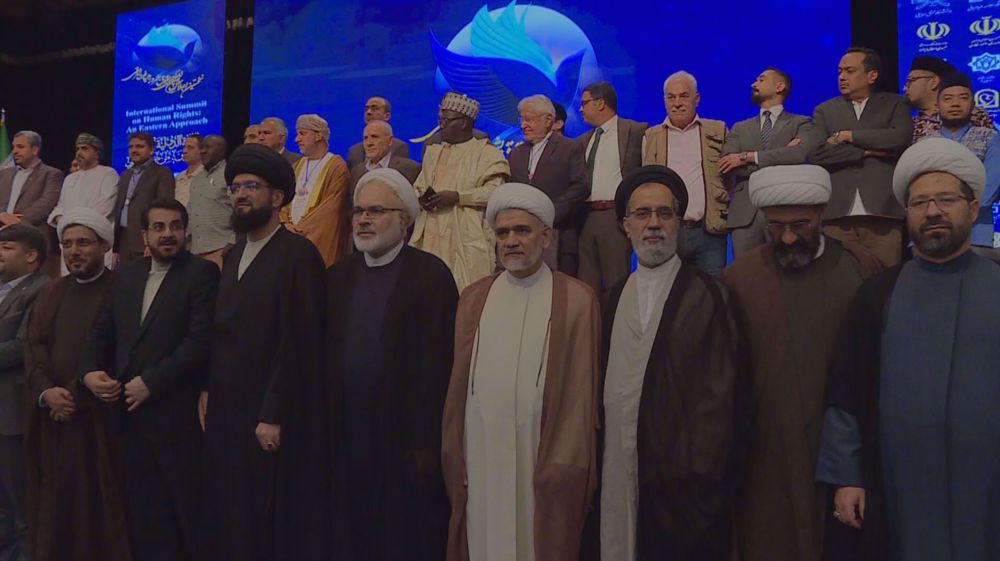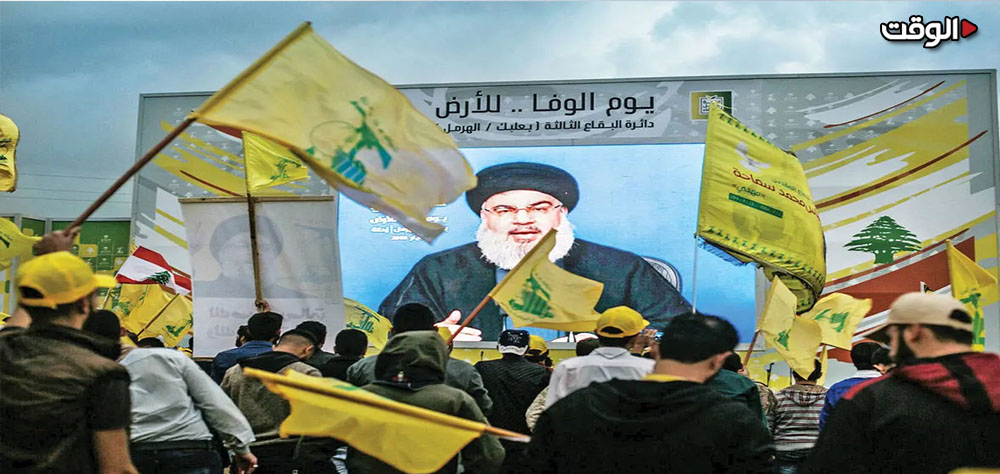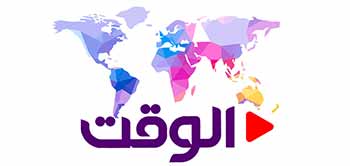Alwaght- While the geopolitical equations of South Asia and West Asia are undergoing frequent shifts, the official visit to Pakistan of Iranian President Masoud Pezeshkian marks a turning point in the relationship of the two countries. The visit, coming at the invitation of the Pakistani Prime Minister Shahbaz Sharif, has important goals in political, economic, cultural, and security areas. With their historical, cultural, and religious commonalities, Tehran and Islamabad have a high capacity for mutual cooperation and an effective role in regional stability.
Economic cooperation: from $3-10 billion?
One of the main focuses of the Iranian president’s visit is the development of trade and economic exchanges with Pakistan. The current volume of bilateral trade is estimated at about $3 billion, and the authorities of the two countries have set a goal to increase this amount to $10 billion. The two countries share more than 900 kilometers of common border, which can provide abundant commercial, trade and transit capacities to achieve economic goals. In this regard, projects such as expanding border markets, exchanging electricity and fuel, increasing the transit of goods and launching direct flights between the cities of the two countries are on the agenda.
Pakistan has significant potential for exporting food and textiles, and Iran is ready to increase the export of gas, oil and petrochemical products and strengthen the prospects for growth in trade between the two sides.
In 2021, based on an agreement between the two countries, it was decided to establish joint retail markets between the two countries.
Based on this agreement, it was decided that in the first phase, three markets would be opened at the border points of Kohak-Chedgi, Rimdan-Gabad, and Pishin-Mand regions, and in the second phase, border markets would be set up at three other border points.
After that, in May 2023, during the visit of the late Iranian President Sayyed Ibrahim Raisi to Sistan and Baluchestan, and in the presence of Pakistani PM , the first joint border market of the two countries was opened at the “Pishin-Mand” border.
Now, on the eve of Pezdikian’s visit, the Pakistan-Iran Economic Friendship Group in the Pakistani Senate has called for facilitating the mechanisms of barter trade with Iran, especially between the border provinces.
In this regard, Amiri Moghadam, the Iranian Ambassador to Islamabad, has announced that “during this visit, at least 10 documents of economic and political cooperation between the two sides will be signed. Among the most important agreements, we can mention the revival of direct flights between Tehran and Islamabad after 20 years and the launch of five new air routes, which will have a significant impact on boosting tourism and trade between the two countries.”
The energy sector is one of the overlooked opportunities for boosting economic cooperation—a field that, with sufficient political will from Islamabad, could swiftly expand foreign trade and lay the foundation for sustainable regional development. In this area, the Iran-Pakistan gas pipeline project, known as “Peace Pipeline, has been stalled for years due to US pressure. However, Pakistani officials such as Salim Mandviwala have emphasized that this project is far from security goals and is directly in line with the economic interests of the Pakistani people. Pakistani MPs and economic experts are demanding that the Pakistani government ignore foreign pressures and fulfill its commitments to this project. Continuing negotiations on this pipeline remain on the agenda of Islamabad and Tehran, and if the obstacles are removed, it could be a significant development in the region’s energy security.
Both countries are members of organizations such as the Economic Cooperation Organization (ECO) and the Shanghai Cooperation Organization (SCO). Activating these frameworks could pave the way for regional interactions. In particular, projects such as the International North-South Transport Corridor (INSTC), which connects Russia and Central Asia to Iran and then the Indian subcontinent, could be a launching pad for the development of regional trade if connected to Pakistan’s transit network.
In meetings with Pakistani officials, the Leader of the Islamic Revolution of Iran Ayatollah Sayyed Ali Khamenei highlighted the importance of institutions such as ECO becoming more active. This strategic emphasis indicates that Tehran’s view of relations with Pakistan is not merely bilateral but part of Iran’s broader regional strategy.
Security and regional cooperation: From common threats to common enemy
As less than two months have gone since the Israeli and American war on Iran and amid the turbulent regional conditions, security cooperation, especially in the border areas, is one of the key points of Pezeshkian’s Islamabad visit. The security agreement signed during visit to Pakistan of late Iranian Chief of General Staff Major General Mohammad Baqeri last year paves the ground for common cooperation to check terrorist, trafficking, separatist moves, and security on Afghanistan borders.
Given the actions of the US and the Israeli regime to fuel instability in the region, especially during the 12-day imposed war against Iran, the convergence of Iran and Pakistan against common threats has become more evident than ever before, and the two visits, first by the Pakistani PM and then by the Iranian president within a short distance of each other, are a confirmation of this. In this regard, the Iranian ambassador to Pakistan, praised the positions of the Pakistani government and people during the Israeli aggression against Iran, saying: “This visit is being made in a situation where, after the aggression of the Zionist regime and the United States and during the 12-day heroic resistance of the Iranian nation, the Pakistani government, people and media all stood by Iran in regional and international arenas.”
In this area, experts cite some major regional changes and developments, including the US and the Persian Gulf countries, including the UAE and Saudi Arabia, approaching India as Pakistan’s long-standing enemy, US pressures, and the process of normalizing relations between some Arab countries and the Israeli regime as factors influential in Islamabad’s reconsideration of its geopolitical priorities and moving towards more balanced relations with important neighbors such as Iran.
Iran, with its privileged geostrategic location, energy capacities, and active role in the Axis of Resistance, can be a reliable partner for Pakistan.
Iran and Pakistan, as two important Islamic powers, have significant common ground in regional policymaking. One of the most obvious of these is their common stance on the Palestinian issue.
The joint office of regional and Islamic cooperation between the two countries also has another bright chapter, and that was Pakistan’s stance on the Saudi aggression against Yemen in 2015. Despite political and economic pressure from Riyadh and the US, Islamabad demonstrated its capacity to cooperate with the Axis of Resistance in regional crises by refusing to join in the Saudi coalition against Yemen.
Cultural and social role of media, elites, and people
Certainly, one of the most important aspects of moving towards establishing strategic relations between the two countries is paying attention to the issue of public opinion and close social and cultural connections, which are characteristics of public diplomacy in foreign policy. The convergence of nations alongside governments is a powerful support for continued cooperation. Past experiences have also shown that projects that enjoyed popular support, including the active presence of the media, intellectual elites, and the private sector in pursuing agreements, have had a greater chance of success.
In this area, in addition to the historical solidarity of the Pakistani nation with the Islamic Revolution and their special interest and respect for the leaders of the Islamic Revolution of Iran, there are extensive cultural capacities for advancing successful public diplomacy.
In this connection, Pezeshkian will begin his trip by visiting the mausoleum of Allama Iqbal Lahori, a famous poet and thinker, a Persian-speaking scholar, in Lahore, which is a symbol of the historical and cultural unity of the two nations. This symbolic move emphasizes the deep cultural and linguistic roots of the two Muslim nations. Cultural cooperation between the two countries in the form of Persian language teaching, student exchanges, religious activities, and the expansion of bilingual media can help strengthen nation-to-nation ties.
Conclusion: Long step to a common future
Pezeshkian’s visit to Pakistan signals the opening of a new chapter in Tehran–Islamabad relations—one that promises deeper strategic, economic, security, and cultural alignment between the two key Islamic powers at a particularly sensitive moment. This trip is more than a routine diplomatic gesture; it reflects a broader shift in the region’s geopolitical landscape and showcases the shared resolve of both nations to overcome challenges and lay the groundwork for a sustainable future in South and West Asia.

